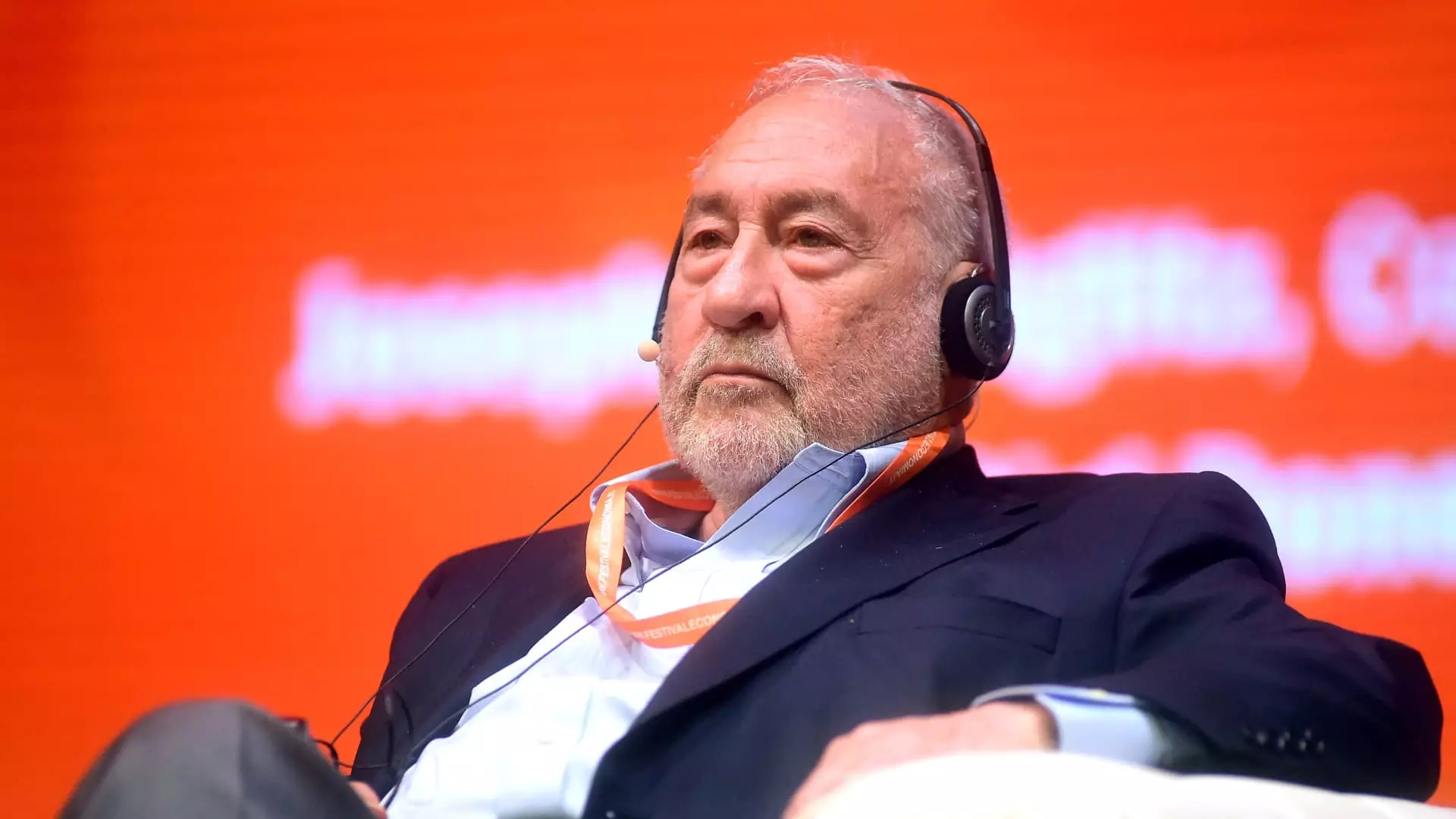Nobel Prize-winning economist Joseph Stiglitz has recently made headlines by insisting that the Federal Reserve should implement a 0.5% interest rate cut at the upcoming meeting. Stiglitz has criticized the central bank for what he deems as moving “too far, too fast” with their monetary policy tightening, which has only exacerbated the issue of inflation. Stiglitz’s call for a larger rate cut comes ahead of the release of the U.S. jobs data, particularly the August nonfarm payrolls count, which investors are watching closely for indications of the potential size of the rate cut to come.
While Stiglitz and some other economists support a 0.5% rate cut, there are opposing views on the necessity of such a significant decrease. Some market participants believe that a 0.25% cut, rather than 0.5%, would be more appropriate at this time. George Lagarias, chief economist at Forvis Mazars, is among those who advocate for a smaller quarter-point reduction. Lagarias has expressed concerns that a 0.5% cut could send a message of urgency to the markets and the economy, potentially triggering unintended consequences.
Stiglitz’s argument in favor of a 0.5% rate cut is rooted in his belief that the Federal Reserve has ventured beyond the necessary normalizing of interest rates. He points out that by maintaining the benchmark borrowing rate near zero for an extended period following the 2008 financial crisis, the Fed failed to address the issue of housing shortage, which has been a significant contributor to inflation. Stiglitz contends that raising interest rates only serves to make it more challenging for real estate developers and homeowners to address the shortage, thereby exacerbating the inflation problem.
Implications of a Larger Rate Cut
The debate over the size of the rate cut revolves around its potential impact on inflation and job creation. Stiglitz believes that a 0.5% cut would not only help address inflation concerns but also boost employment. He argues that the Fed’s current target range of 5.25%-5.5% is too high given the economic circumstances and calls for a more significant reduction.
Market participants are actively speculating on the possible outcomes of the Fed’s upcoming meeting. While bets for a 0.25% cut have been the prevailing sentiment, there has been a noticeable increase in expectations for a 0.5% reduction. The recent release of the Job Openings and Labor Turnover Survey (JOLTS) data, which indicated a decline in job openings, has further fueled expectations of a rate cut.
The varying opinions on the size of the rate cut reflect the uncertainty and complexity of the current economic landscape. While some economists advocate for a more aggressive approach to monetary policy to combat inflation and stimulate growth, others caution against hasty decisions that could inadvertently destabilize markets. The upcoming Federal Reserve meeting will undoubtedly be pivotal in shaping the future trajectory of interest rates and monetary policy.
The debate surrounding the Federal Reserve’s interest rate cut underscores the challenges and considerations involved in navigating the current economic environment. While economists like Stiglitz argue for a more substantial reduction to address pressing issues such as inflation and job growth, others advocate for a more cautious approach. The ultimate decision made by the Federal Reserve will have far-reaching implications for the economy and financial markets.

